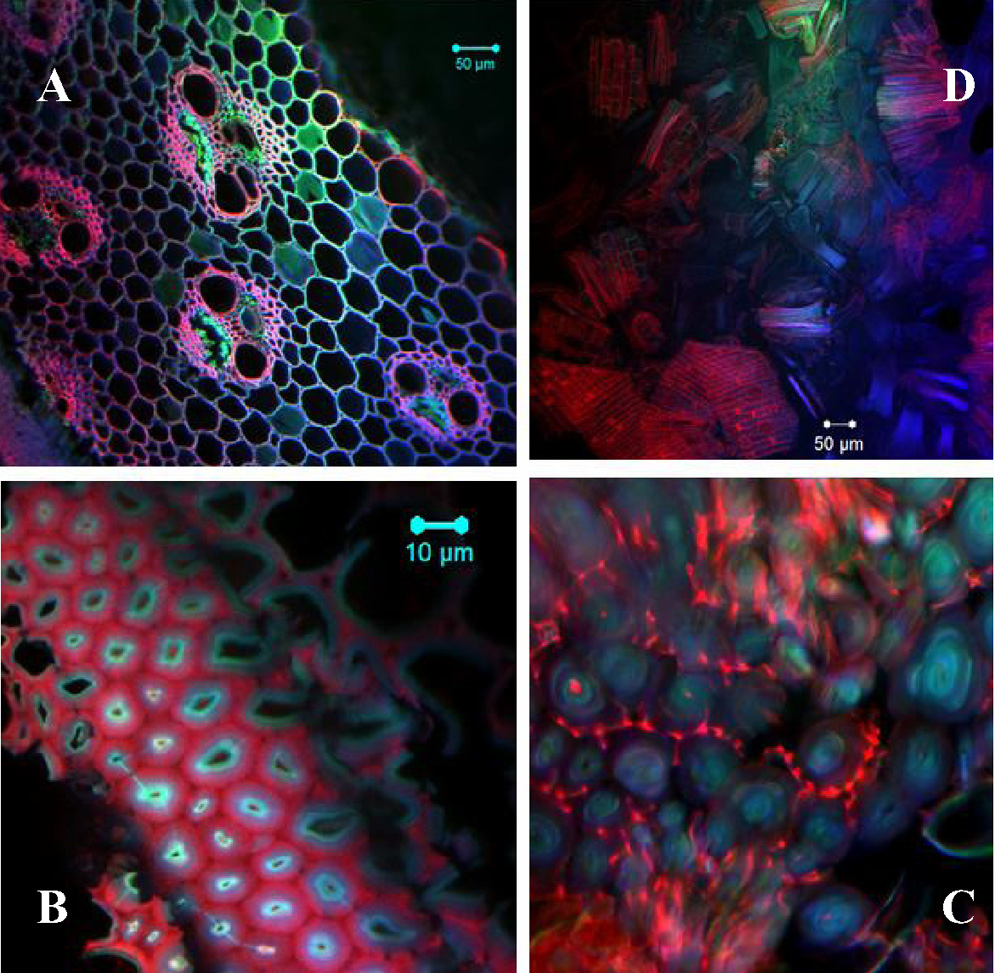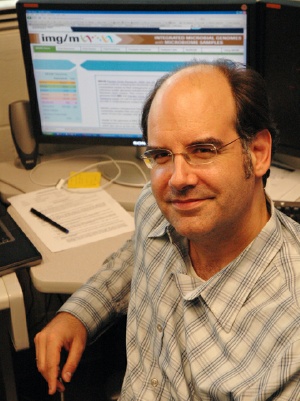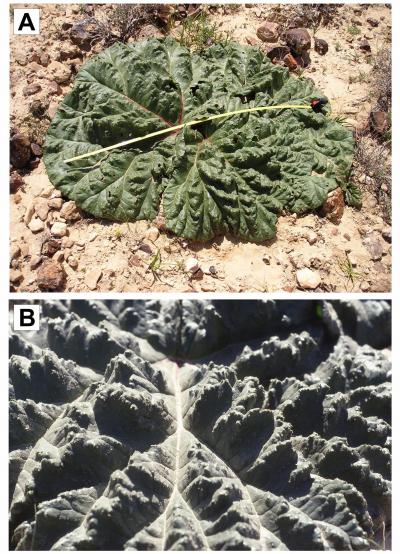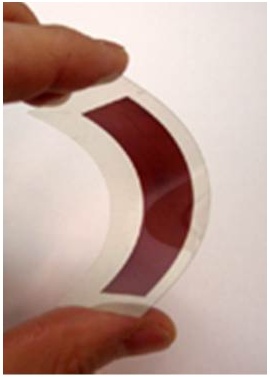Before we can begin to implement sustainable, carbon-neutral gasoline - "grassoline" - from inedible plant material like fast-growing weeds and agricultural waste, some technology hurdles have to be overcome. Namely, finding better ways to break lignocellulosic biomass down into fermentable sugars.
Over 60 percent of the nearly 5,000 genome projects reported in the Genomes OnLine Database involve microbes. It's no surprise. Microbes are important in everything from bioenergy to agriculture and medicine and are involved in Earth’s biogeochemical cycles.
A lot could be done with microbial genomics, says DOE JGI Genome Biology head Nikos Kyrpides writing in Nature Biotechnology, if researchers go beyond the present anthropocentric focus and institute shared standards for genomic data collection and analysis.
University of Haifa-Oranim researchers have managed to make out the “self-irrigating” mechanism of Rumex hymenosepalus, the desert rhubarb, which enables it to harvest 16 times the amount of water than otherwise expected for a plant in this region based on the quantities of rain in the desert - the first example of a self-irrigating plant worldwide.
The desert rhubarb grows in the mountains of Israel’s Negev desert, where average precipitation is particularly low (75 mm per year). Unlike most of the other desert plant species, which have small leaves so as to minimize moisture loss, this plant is unique in that its leaves are particularly large; each plant’s rosette of one to four leaves reaches a total diameter of up to one meter.
Dye-sensitized solar cells (DSSCs), expected to power Air Force unmanned aerial vehicles (UAVs) in the future because they are an optimum energy harvesting source that may lead to longer flight times without refueling, have gotten a boost by using a flexible film and a thin glass coating with transparent conductive electrodes.
The University of Washington's Multidisciplinary University Research Initiative (MURI) project team, with lead researcher Dr. Minoru Taya is working on the airborne solar cells and found that DSSCs made from organic materials, which use (dyes) and moth-eye film, are able to catch photons and convert them into synthesized electrons that can harvest high photon energy.
Georgia State University researchers are manipulating individual atoms in DNA and forming unique molecules in hopes of understanding the mechanisms of DNA replication and transcription, and perhaps leading to new treatments for diseases.
Chemistry and chemical biology Professor Zhen Huang and his lab were able, for the first time, to manipulate groups of molecules called methyl and phosphate groups in DNA that have been altered to contain selenium in order to bring them close enough together to form hydrogen bonds.
It isn't often that the government gets it right and the energy/climate change policies being jammed through Congress while there is no way to block them could be with us for a long time.
 Opioid Addicts Are Less Likely To Use Legal Opioids At The End Of Their Lives
Opioid Addicts Are Less Likely To Use Legal Opioids At The End Of Their Lives More Like Lizards: Claim That T. Rex Was As Smart As Monkeys Refuted
More Like Lizards: Claim That T. Rex Was As Smart As Monkeys Refuted Study: Caloric Restriction In Humans And Aging
Study: Caloric Restriction In Humans And Aging Science Podcast Or Perish?
Science Podcast Or Perish?









